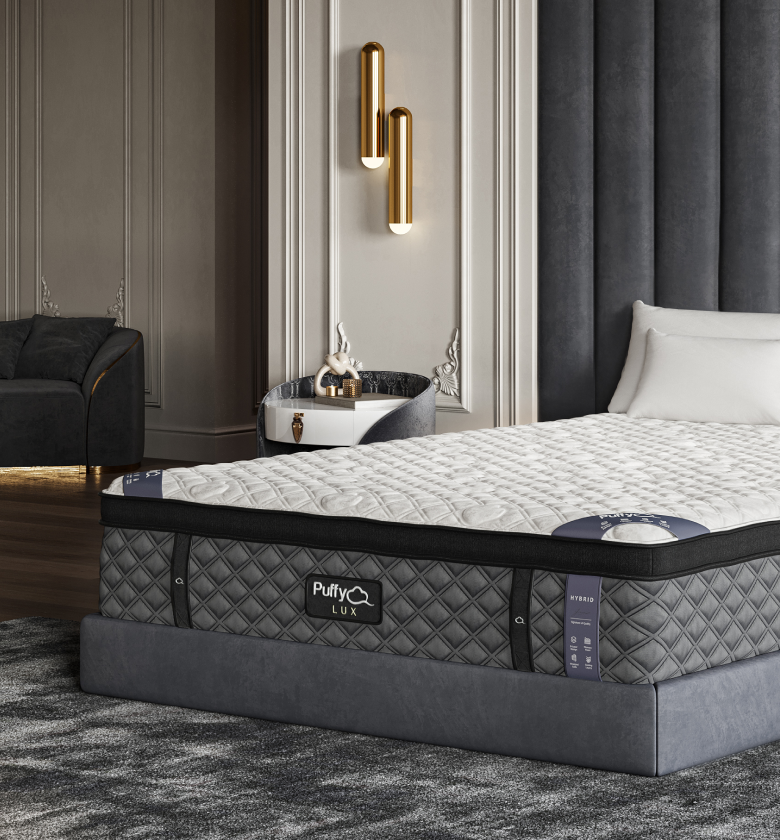What is a Waterbed?
A waterbed is a unique type of sleeping surface that utilizes water as its primary support system. Often encased in a durable vinyl bladder, waterbeds provide a distinctive sleeping experience that can offer various benefits to users.
Who Invented the Waterbed?
The waterbed, an innovative sleep solution filled with water, has an interesting history. The concept of a waterbed can be traced back to the early 19th century, but the modern version we know today was developed by Charles Hall in the late 1960s.
When was the Waterbed Invented?
Charles Hall, a design student at the time, invented the modern waterbed as part of his master's thesis project in 1968. His design, called the "Pleasure Pit," was a response to the need for a more comfortable, pressure-relieving sleeping surface.
How Do Waterbeds Work?
Waterbeds function by using water as their primary support system, conforming to the user's body shape and providing even weight distribution. This unique design can help alleviate pressure points and promote proper spinal alignment.
What Does a Waterbed Feel Like?
Sleeping on a waterbed can be a unique and enjoyable experience. Many users describe the sensation as floating or being gently cradled. The water-filled mattress can conform to the body, providing a customized and supportive sleep surface.
What Are Waterbeds Used For?
Waterbeds were initially popularized for their potential therapeutic benefits, such as relieving pressure points, reducing back pain, and promoting better circulation. Today, they are sought after for their distinctive feel and novelty, as well as their potential health benefits.
What Temperature Should a Waterbed Be Set At?
The ideal temperature for a waterbed can vary depending on personal preferences and individual needs. Generally, waterbeds are heated to a temperature between 80°F and 90°F, but it's essential to consult the manufacturer's guidelines and consider individual comfort levels when setting the temperature.
What is a Waterbed Mattress?
A waterbed mattress is the water-filled bladder that forms the core of a waterbed. It can be made from different materials such as vinyl or PVC, and its design can range from free-flowing water chambers to waveless, multi-chamber systems that reduce motion transfer.
How Long Does a Waterbed Mattress Last?
The lifespan of a waterbed mattress can vary depending on the quality of materials, construction, and proper maintenance. On average, a waterbed mattress can last between 8-10 years, but with good care and regular inspections, some waterbeds can last even longer.
The Different Types of Waterbeds
Understanding the various types of waterbeds can help you make an informed decision about which one is right for you. There are two primary categories of waterbeds: hard-sided and soft-sided.
Hard-Sided Waterbeds
Hard-sided waterbeds are the traditional, original design, featuring a water-filled mattress inside a rigid wooden frame. This type of waterbed provides a stable, supportive surface and is often more affordable than soft-sided waterbeds.
Soft-Sided Waterbeds
Soft-sided waterbeds are an evolution of the hard-sided design, featuring a water-filled mattress encased within a padded, upholstered frame. This style looks more like a conventional mattress and can be used with regular bed linens and furniture.
The Pros and Cons of Waterbeds
Like any sleeping surface, waterbeds have their advantages and drawbacks. Weighing the pros and cons can help you decide if a waterbed is the right choice for you.
Pros of Waterbeds
- Conforming support: Waterbeds can conform to your body's shape, providing customized support and pressure relief.
- Temperature control: Most waterbeds come with a heating system, allowing you to adjust the temperature to your preference.
- Durability: High-quality waterbed mattresses can last longer than traditional mattresses with proper care.
Cons of Waterbeds
- Maintenance: Waterbeds require regular maintenance, such as checking for leaks, refilling water, and adjusting the heater.
- Installation and moving: Waterbeds can be cumbersome and challenging to install or move due to their weight and bulk.
- Not suitable for everyone: Some people may find the motion or sensation of a waterbed uncomfortable or disorienting.
Conclusion
In conclusion, waterbeds are a unique and innovative sleep solution that can offer various benefits to users.
Discover how to take your sleep to the next level. Compare Puffy’s mattresses side-by-side to see all benefits.
By understanding the history, function, and features of waterbeds, you can make an informed decision about whether this distinctive sleeping surface is right for you.

- Award-winning comfort.
- Lifetime warranty.
- 101-night sleep trial.
- Free shipping and returns.
- 100% made in USA.












